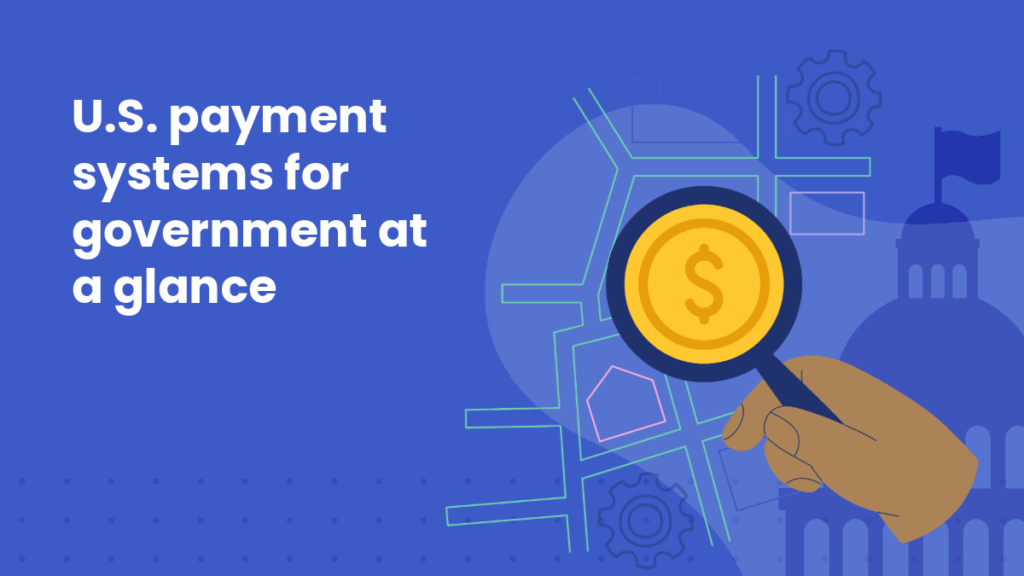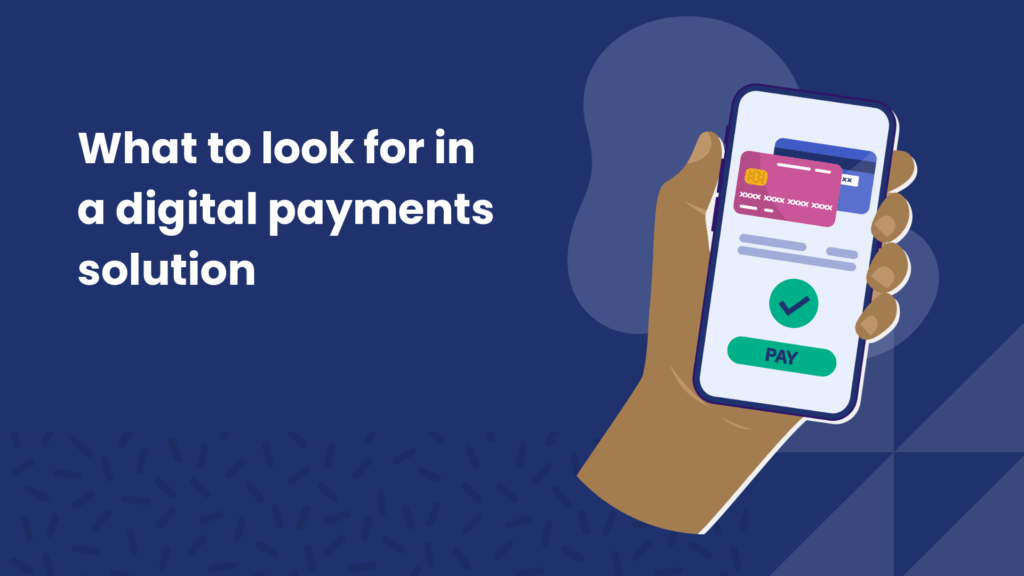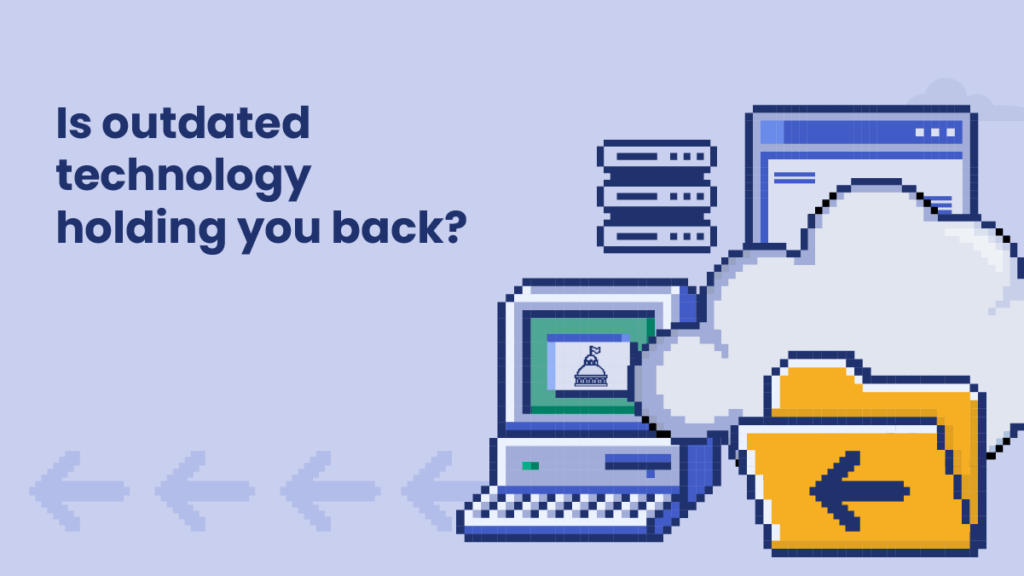Create a custom GPT for government agency staff
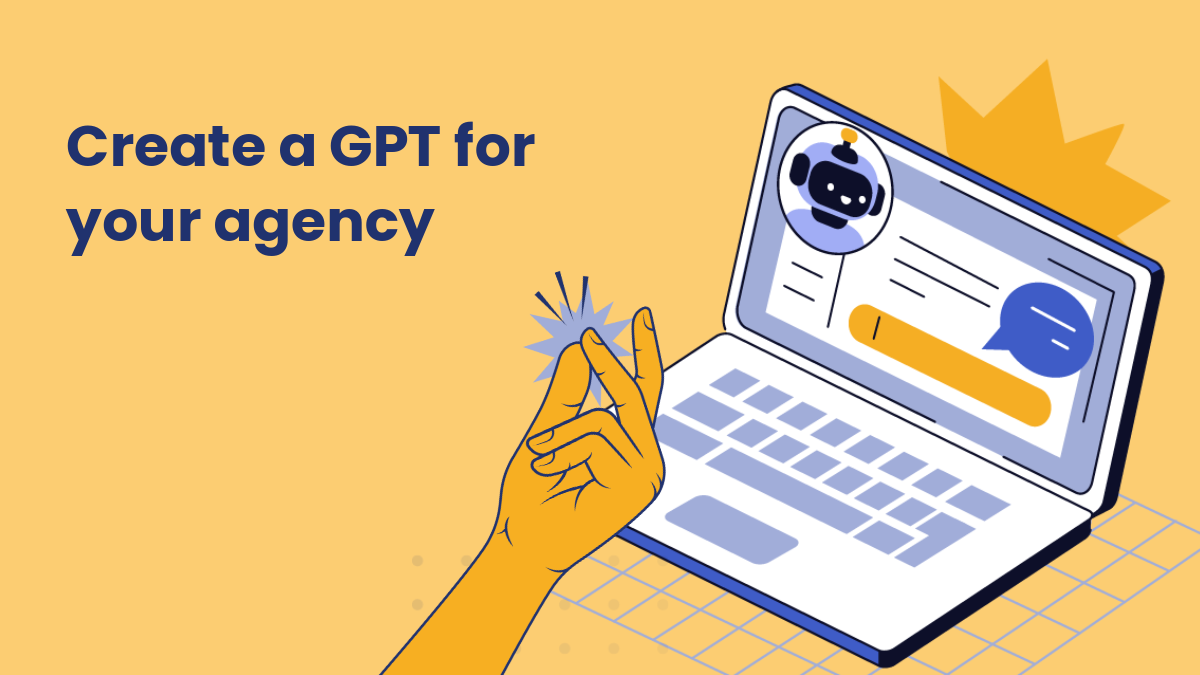
Agency communications should be accurate and trustworthy, so you don’t want resident-facing messaging that sounds scattered or unprofessional. Internal writing guidelines and a review process can help maintain the quality of your communications — and now, so can AI tools.
To streamline efforts, many teams are using AI tools to assist with drafting and reviewing social media posts, press releases, speeches, and more. If your team has integrated AI but can’t quite get alignment, consider creating a custom GPT for your team.
What’s a GPT?
A custom GPT is a version of ChatGPT that your agency can personalize for a specific purpose (like reviewing emails or writing Facebook posts). Instead of using the “default” ChatGPT that responds in a general way, you can create a GPT for government agency staff that has built-in guidelines, following your instructions, style, and knowledge base.
Think of a custom GPT like a tailored AI assistant designed to follow your playbook instead of being a general-purpose tool.
Want to try an AI prompt before diving into custom GPTs? Find ready-to-use AI prompts here: High-Impact Resident Communication: The Definitive Guide
Benefits of AI and custom GPTs for government
Why use a custom GPT for public-sector communications? Here are a few reasons:
1. Consistency and clarity in messaging
Public sector communications must be clear, free of jargon, and consistent across departments. Your GPT can be trained with:
- An agency’s style guide (tone, reading level, terminology)
- Approved service delivery FAQs, templates, and messaging frameworks
This ensures that every written suggestion from the GPT (whether it’s a resident-facing email, website copy, or a social media response) matches official standards.
2. Improved accessibility for residents
Government agencies communicate with diverse audiences, including people with limited English proficiency and different accessibility needs. A custom GPT can help:
- Rephrase complex policies into plain language
- Provide translations or simplified summaries
3. Internal staff efficiency
Communications teams are often stretched thin, but deploying a custom GPT can save your staff some time so they can focus on high-value strategic work.
- Draft press releases, newsletters, and talking points
- Generate service-specific outreach (e.g., utility reminders, license renewals)
- Maintain a library of reusable content templates for faster turnaround
4. Trust and risk management
Unlike a generic AI request, a custom GPT operates within specific guardrails.
- Verified knowledge files (laws, regulations, agency policies)
- Restrictions to avoid speculation or unapproved messaging
Along with an internal (human) review, these guidelines help reduce the risk of misinformation, which is critical in public sector communications.
5. More personalized resident engagement
Program your GPT to:
- Adjust communications by service type (DMV vs. utilities)
- Provide localized information (deadlines, fees, eligibility)
- Support proactive communications like reminders and alerts
These small improvements increase resident satisfaction with government services.
How to make a custom GPT for government agencies
Custom GPTs can draft copy, review content, write code, and more. Convinced it’s worth exploring? Here’s how to build one. All you have to do is tell the GPT builder, in plain English, your goals for the GPT, and the builder will take it from there:
1. Log in to your ChatGPT account and click on “Create.”

2. This opens the GPT Builder, which walks you through setup via a back-and-forth conversation.

3. Set the basics: Give your GPT a name, an avatar, and clear instructions. Include what it should do, how it should sound, what to avoid, and maybe a few examples. Simple, very clear instructions yield the best results.
4. Add capabilities and knowledge resources: Select the tools you need (e.g., web browsing, code interpreter, image generation) and upload optional “Knowledge” files the GPT can reference.
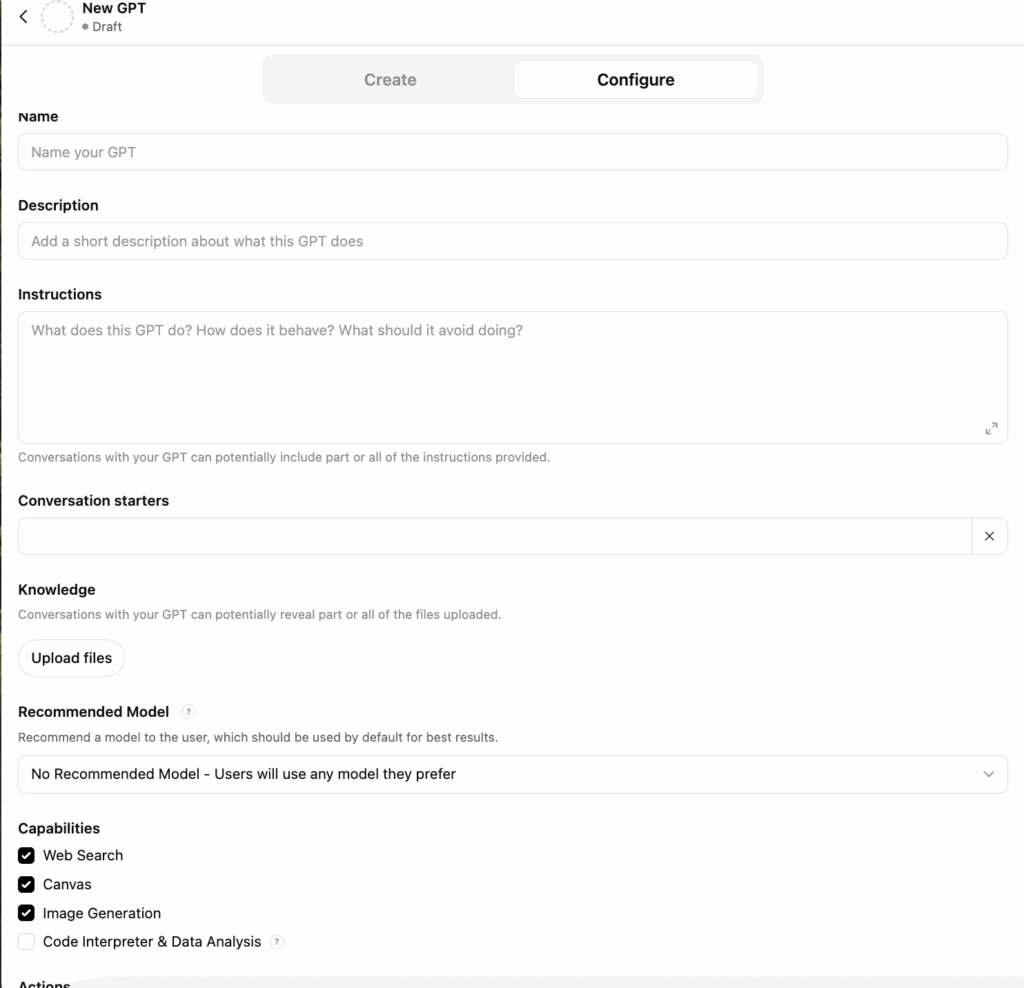
5. Test and refine: Use the preview pane to try realistic prompts. You’ll likely want to adjust the instructions and files until it behaves as intended. Expect trial-and-error when creating a custom GPT; it’s part of the process, not a signal you’re doing it wrong.
6. Choose visibility and publish: Keep it private, share with a link, or publish. You can unpublish anytime and view usage analytics in “My GPTs.”
If the GPT is intended for the teams, workspace owners can control which GPTs are available, who can use them, and restrict certain actions.
Tips that make a big difference
- Write instructions like a playbook: List scope, style, and intended use; break multi-step tasks into bullet points
- Keep knowledge files focused: Include FAQs, glossaries, style guides, and process docs
- Don’t be shy with updates: GPT version history lets you tweak without losing information
Custom GPTs as a helper, not a replacement
Custom GPTs aren’t meant to replace human judgment. When paired with clear guidelines and a review process, they can speed up routine communications while protecting your agency’s credibility. If your team is already experimenting with AI, building a custom GPT may be the simplest next step to bring alignment and efficiency to every message. Always review what generative AI produces for your team: Confirm that the information is accurate, the data cited is correct, and the language is appropriate.
For more public-sector messaging ideas, visit High-Impact Resident Communication: The Definitive Guide. You’ll find core principles for effective public messaging, real-world examples, and agency-ready comms templates.
Looking for more content?
Get articles and insights from our monthly newsletter.


